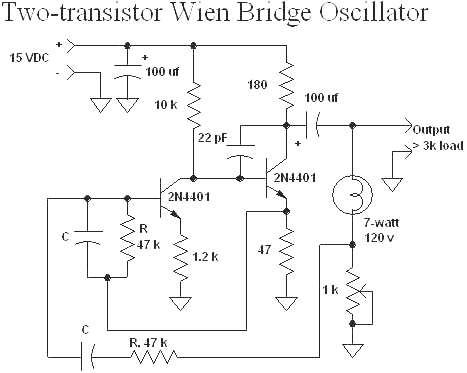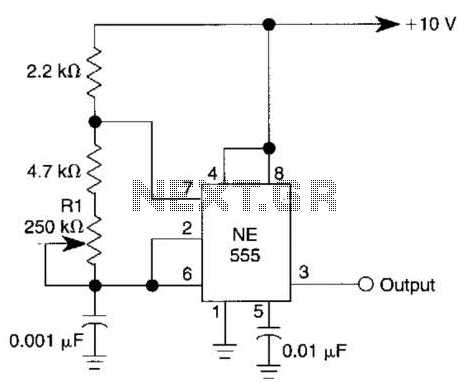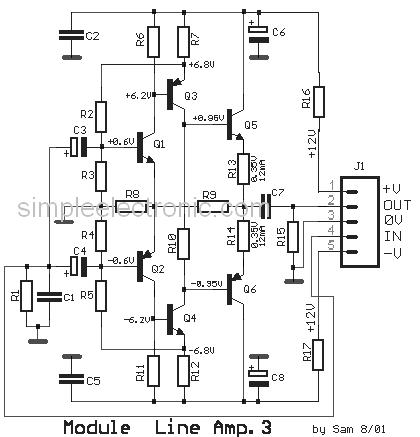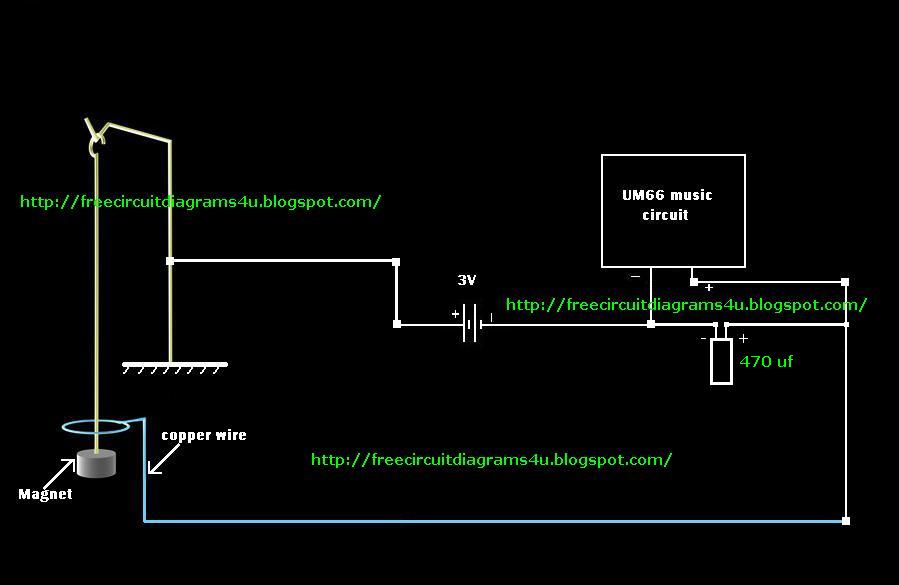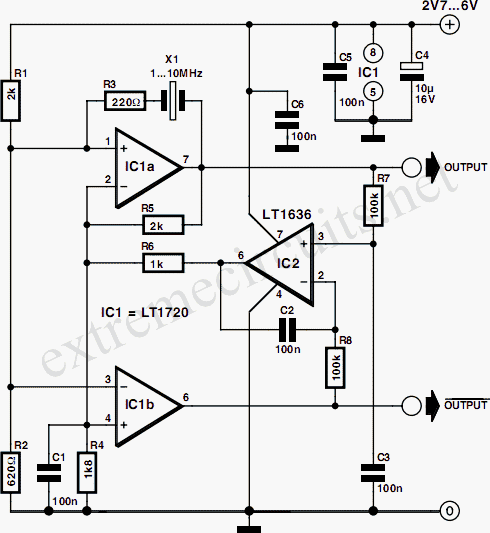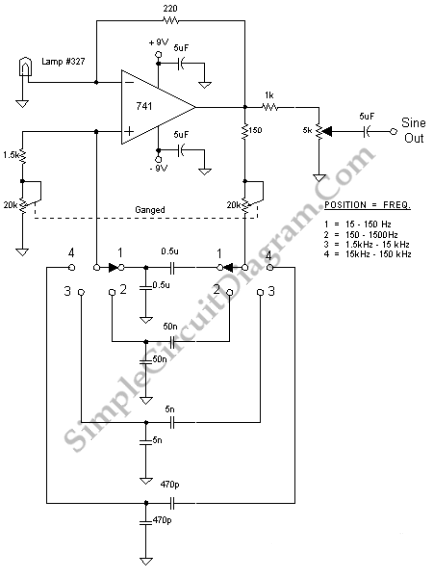
A Simple Sine Wave Oscillator
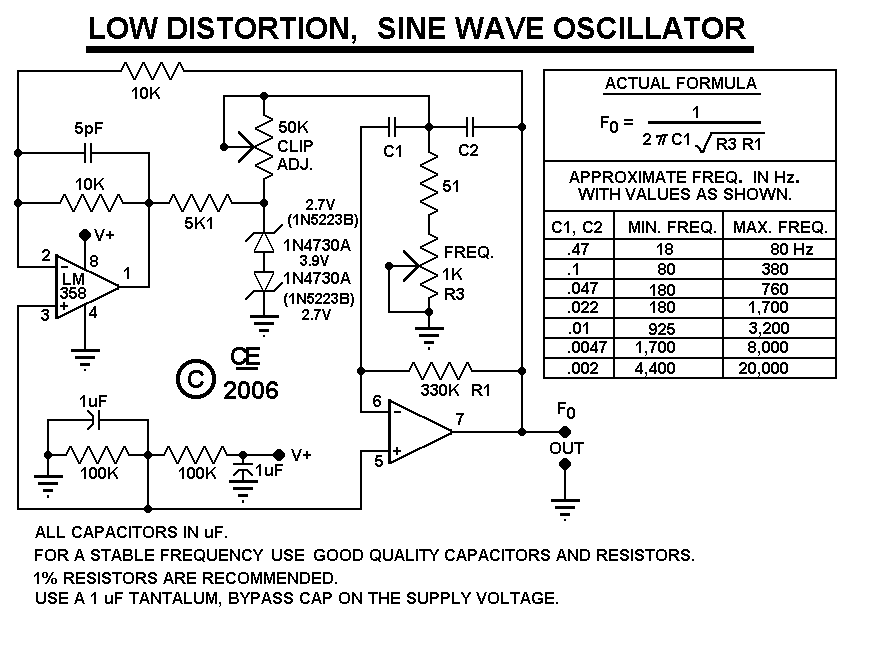
After constructing the device, adjust the frequency to the desired level using the "Frequency Control." Then, utilize an oscilloscope to fine-tune the waveform for optimal performance with the "Clip Control." The sharp rise and fall times of square waves cause speaker cones to rapidly move from fully extended to fully retracted positions. These abrupt changes in speaker cone movement can eventually damage the coil, leading to a fuzzy tone and, ultimately, complete failure of the speaker. Square wave effects also occur when a stereo system is overdriven, which can result in more speaker damage than excessive power alone. Underpowered amplifiers can pose risks for those who enjoy loud music. Having an amplifier with "power to spare" is beneficial, as it mitigates the risk of square wave distortion and speaker damage. High-quality musical instrument speakers are specifically designed to better withstand square wave distortion, as many musical instruments generate a significant amount of it. However, recorded music does not typically reproduce square wave distortion accurately, making it less of an issue for home speakers. Nonetheless, overdriving a power amplifier will certainly produce square waves and can quickly damage these types of speakers.
The circuit described involves a frequency-controlled oscillator that generates square waves, which are essential for various audio applications. The frequency control allows the user to set the output frequency to match the desired audio signal, while the oscilloscope serves as a diagnostic tool to visualize the waveform and ensure it meets the required specifications. The clip control further refines the waveform by adjusting the amplitude, preventing distortion that could arise from excessive output levels.
In audio systems, square waves are characterized by their steep transitions, which can produce significant mechanical stress on speaker components. The rapid movement of the speaker cone can lead to overheating and physical damage to the voice coil if the speaker is subjected to continuous square wave signals without adequate power handling capabilities. This condition is exacerbated in scenarios where the amplifier is overdriven, resulting in clipped signals that resemble square waves.
To mitigate these risks, it is essential to select amplifiers that provide sufficient headroom above the expected output levels. This practice helps in reducing the likelihood of distortion and preserves the integrity of the audio signal. Additionally, using speakers designed for musical applications can enhance performance, as they are engineered to handle the demands of square wave signals more effectively.
In summary, careful consideration of the amplifier's power rating and the speaker's design is crucial when dealing with square wave signals in audio systems. Proper setup and adjustments using frequency and clip controls can optimize performance while safeguarding against potential damage due to excessive distortion.Once you have built it, Set the frequency as desired using the "Frequency Control". Than using an Oscilloscope you can adjust for best waveform using the "Clip Control". Due to the Sharp Rise and Fall times of Square Waves, they try to make a speaker cone go from a full out position to a full in position. These continuous sudden changes in the spe aker cone movement, will eventually Rip the coil from its form. Than the speaker produces a Fuzzy tone and eventually will quit all together! This Square wave Effect is also produced when "Over Driving your Stereo", as that also produces Square Waves. More speakers are damaged in this way than by Excessive power. Under-Powered Amplifiers can be bad if you like loud music. Having "Power to Spare" on an Amplifier is good and reduces the possibility of Square Wave Distortion and Speaker Damage!
Good Quality Musical Instrument Speakers are Specially Designed to better handle Square Wave Distortion, Because most musical instruments produce a fair amount of it. However recorded music does not faithfully reproduce square wave distortion, so normally it isn`t a problem for Home type speakers.
However, Over-driving a Power-amp WILL definately produce Square waves and damage these types of speakers. Sometimes very quickly. 🔗 External reference
The circuit described involves a frequency-controlled oscillator that generates square waves, which are essential for various audio applications. The frequency control allows the user to set the output frequency to match the desired audio signal, while the oscilloscope serves as a diagnostic tool to visualize the waveform and ensure it meets the required specifications. The clip control further refines the waveform by adjusting the amplitude, preventing distortion that could arise from excessive output levels.
In audio systems, square waves are characterized by their steep transitions, which can produce significant mechanical stress on speaker components. The rapid movement of the speaker cone can lead to overheating and physical damage to the voice coil if the speaker is subjected to continuous square wave signals without adequate power handling capabilities. This condition is exacerbated in scenarios where the amplifier is overdriven, resulting in clipped signals that resemble square waves.
To mitigate these risks, it is essential to select amplifiers that provide sufficient headroom above the expected output levels. This practice helps in reducing the likelihood of distortion and preserves the integrity of the audio signal. Additionally, using speakers designed for musical applications can enhance performance, as they are engineered to handle the demands of square wave signals more effectively.
In summary, careful consideration of the amplifier's power rating and the speaker's design is crucial when dealing with square wave signals in audio systems. Proper setup and adjustments using frequency and clip controls can optimize performance while safeguarding against potential damage due to excessive distortion.Once you have built it, Set the frequency as desired using the "Frequency Control". Than using an Oscilloscope you can adjust for best waveform using the "Clip Control". Due to the Sharp Rise and Fall times of Square Waves, they try to make a speaker cone go from a full out position to a full in position. These continuous sudden changes in the spe aker cone movement, will eventually Rip the coil from its form. Than the speaker produces a Fuzzy tone and eventually will quit all together! This Square wave Effect is also produced when "Over Driving your Stereo", as that also produces Square Waves. More speakers are damaged in this way than by Excessive power. Under-Powered Amplifiers can be bad if you like loud music. Having "Power to Spare" on an Amplifier is good and reduces the possibility of Square Wave Distortion and Speaker Damage!
Good Quality Musical Instrument Speakers are Specially Designed to better handle Square Wave Distortion, Because most musical instruments produce a fair amount of it. However recorded music does not faithfully reproduce square wave distortion, so normally it isn`t a problem for Home type speakers.
However, Over-driving a Power-amp WILL definately produce Square waves and damage these types of speakers. Sometimes very quickly. 🔗 External reference
